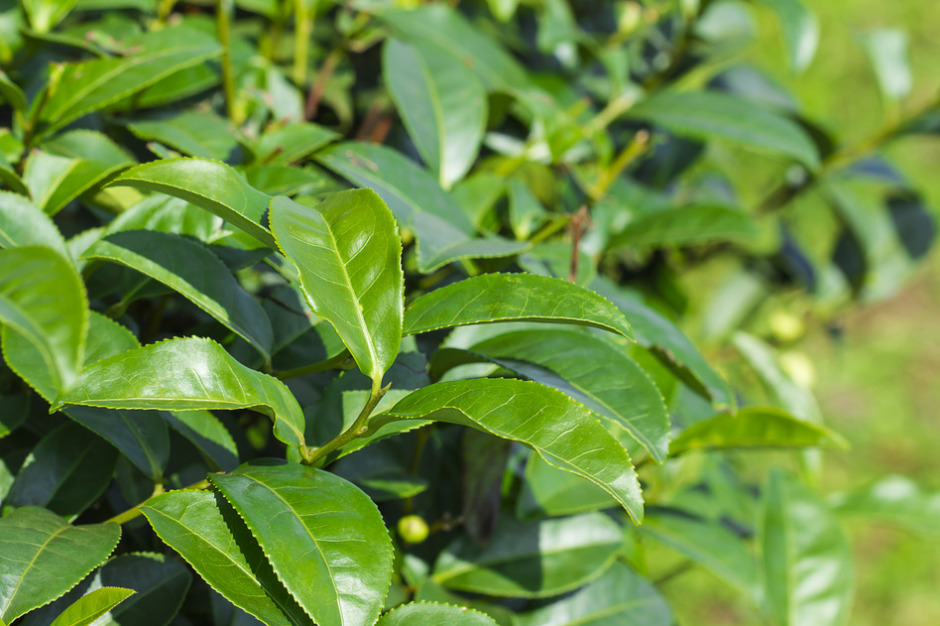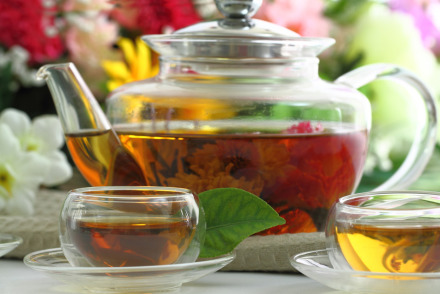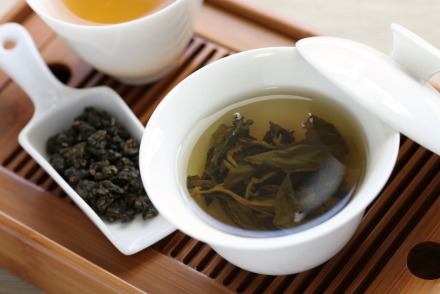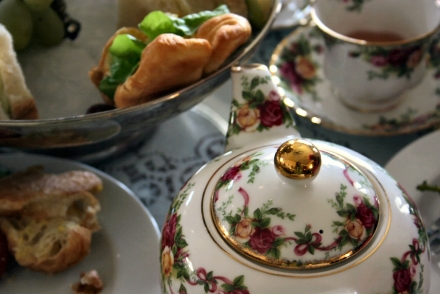All tea comes from the evergreen shrub called “Camellia Sinensis.” Tea comes from one bush but the weather, climate, soil conditions, and how the tea is processed determines the flavor character of the tea (similar to the differences in wine). There are many varieties of tea and each has its own specific characteristics.
The naming and growing of tea is very similar to the process of naming and growing grapes for wine. For example, Bordeaux wine is named after the Bordeaux region of France. Assam tea is named after the Assam region located in India, etc.
Tea is harvested after what they call the “first flush” – meaning, the sprouting of the top two leaves and bud. The top two leaves and bud are hand-picked and then processed into four types of tea, depending on the age and time it is harvested: Black, Green, Oolong, and White.
- Black tea is withered, fully oxidized and dried. It has a hearty amber color.
- Green tea skips the oxidizing step, causing the leaves to be simply withered and then dried. It has a more delicate taste with a pale green color.
- Oolong tea is withered, partially oxidized, and then dried. It is a cross between black and green tea in color and taste.
- White tea is the least processed of all teas. It is not oxidized or rolled but simply withered and dried by steaming. It is pale yellow in color and has a delicate yet earthy taste.
One common mistake people make when it comes to herbal teas is thinking it is a “tea” when actually there is no “Camellia Sinensis” in it. Herbal teas are made from many different botanicals, including lemongrass, cinnamon, orange peel, chamomile, hibiscus – but no tea.
Here’s an interesting fact: a tea bush can produce tea for at least 50 years, and a pound of tea leaves will yield about 180 cups of brewed tea, making your initial investment in a tea bush a good one.
Each of these four categories of tea has its own distinctive flavor and experience. Try them all and see which ones you prefer!





